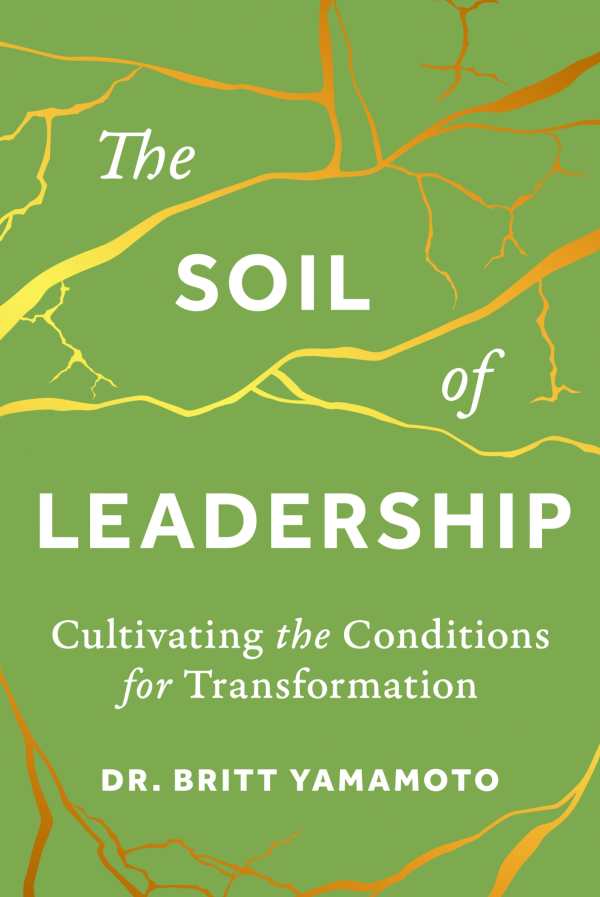The Soil of Leadership
Cultivating the Conditions for Transformation
Stressing symbiotic relationships and encouraging preparing one’s “fields” for growth, The Soil of Leadership models healthy business practices.
Britt Yamamoto’s ruminative business book The Soil of Leadership is about cultivating the conditions for success and transformation.
Yamamoto has decades of leadership experience but has also spent time as a sustainable farmer. Both backgrounds factor into this book, which deploys metaphors from the farm to argue that leadership draws nourishment from a system of hidden roots. Indeed, the text asserts that leaders must dig where they stand to reach their full potential. Aiming to nurture the underlying conditions necessary for success, it calls on leaders to attain renewal by realizing how intertwined everyone is and then to foster new connections with others and themselves—unifying, rather than dividing.
Evincing commitment to its central metaphor, the book’s de facto motto is “the deeper the roots, the stronger the shoots.” It stresses symbiotic relationships and encourages preparing one’s “fields” for growth. And its leadership 3.0 model aims to reconnect leaders to their visions and purpose, pushing past higher education models of organizational management and even received wisdom; however, it also traffics in familiar concepts like self-awareness, expansion, and contraction. Its chapters adhere to the central conceit well: their foci include roots, well-being, and working together. They are orderly: each chapter opens with an aphorism styled like a poem; each ends with reflections and inquiries. And throughout, the book seeks leadership wisdom in nature, holding up the integrated web of plant life as a model for flourishing in business.
But in service of its leadership model, the book becomes quite heavy with figurative language, as where it encourages evaluating whether one’s “soil is soft and alive, dry and inert or dense and muddy.” Elsewhere, it warns to watch for depleted nutrients and extraction without restoration in a roundabout discussion of planning for future organizational health. And its analogies, while apt, lean into the central conceit in a sometimes distracting manner: leaders who chase quarterly results are compared to farmers focused on maximizing a season’s yield at the long-term expense of production, fallowness is highlighted as a path to productivity, and “deep watering” becomes representative of replenishing self-care. Catchphrases develop, as of the “Perennial Well-Being Practice,” but these are sometimes strained, as can be the book’s illustrations of soil, plants, and gardening.
The metaphorical leadership guide The Soil of Leadership draws on farming wisdom to suggest means of nurturing teams toward success.
Reviewed by
Joseph S. Pete
Disclosure: This article is not an endorsement, but a review. The publisher of this book provided free copies of the book and paid a small fee to have their book reviewed by a professional reviewer. Foreword Reviews and Clarion Reviews make no guarantee that the publisher will receive a positive review. Foreword Magazine, Inc. is disclosing this in accordance with the Federal Trade Commission’s 16 CFR, Part 255.

